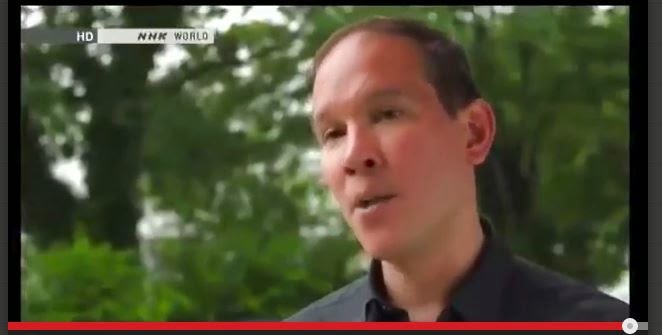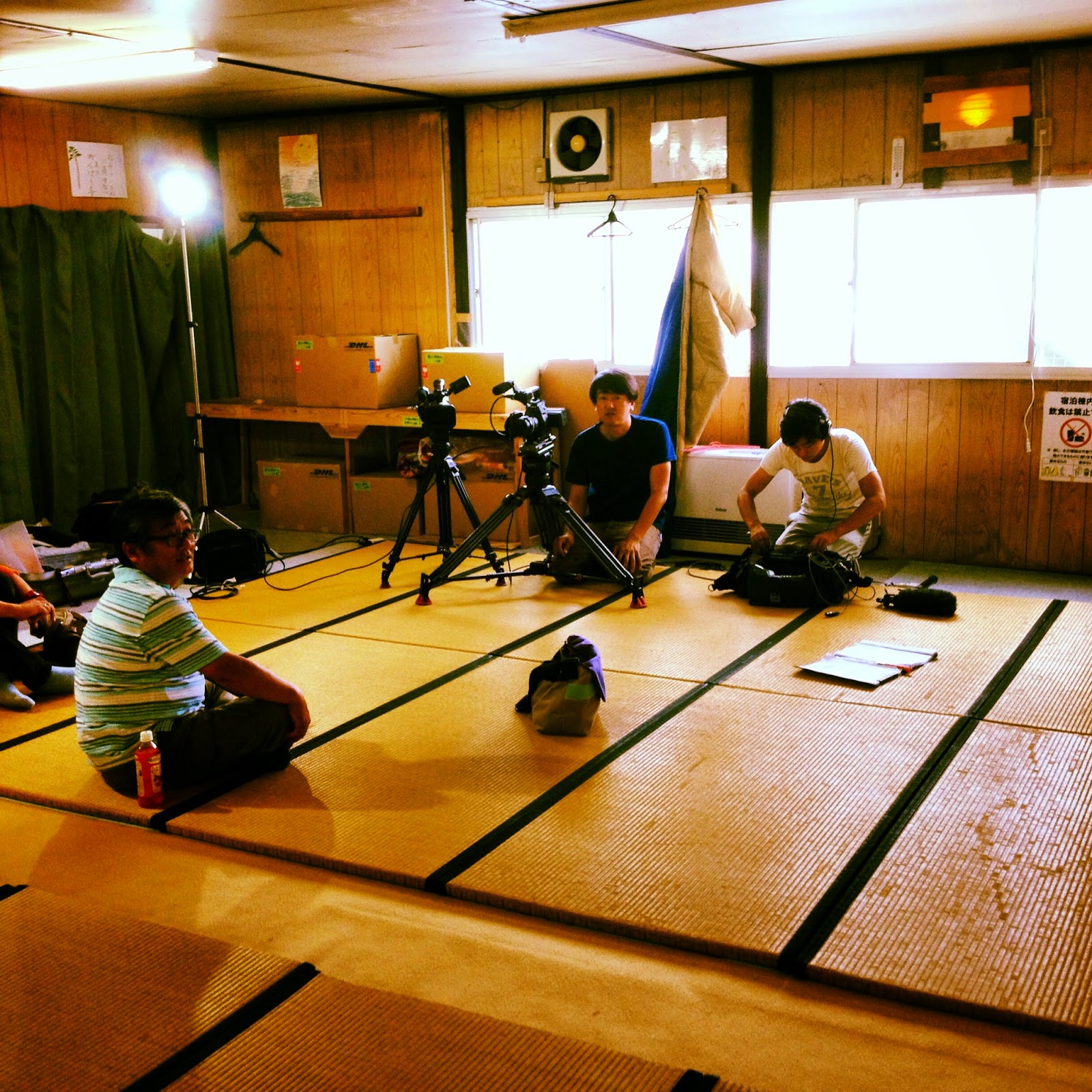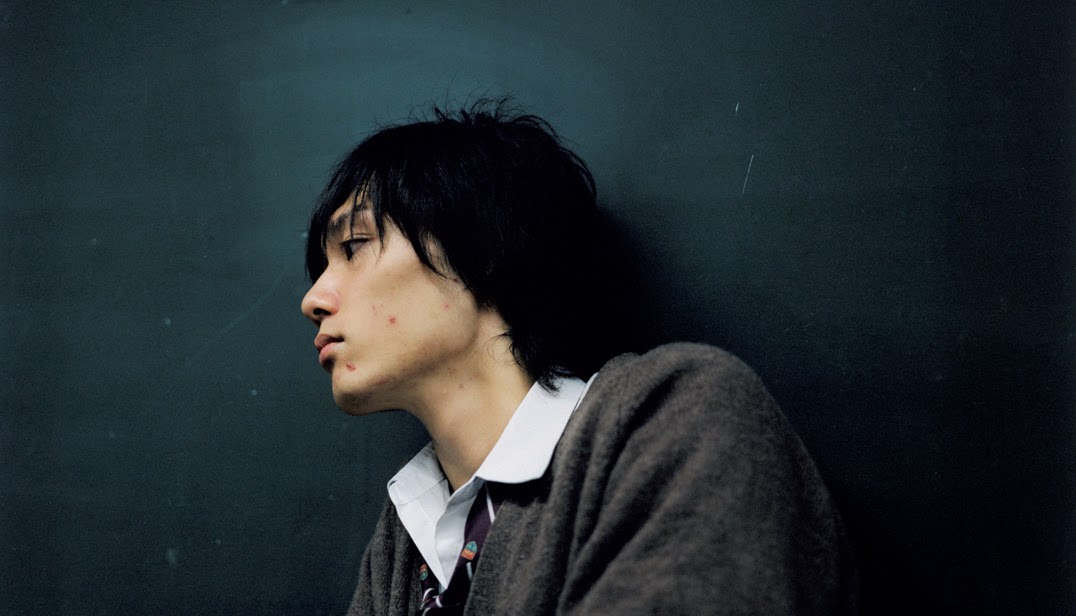Sanrio's kawaii 3D anime J-Pop "Nutcracker", for The Japan Times

Sanrio’s ‘Nutcracker’ offers visual experience in 3-D By Roland Kelts For anyone raised in the West, the year-end holidays in Japan can be a jarring experience, at least for the uninitiated. Decorated trees, illuminated boulevards and carols in convenience stores coincide with Colonel Sanders statuettes remade into Santa Claus and mini-skirted chorus girls in reindeer costumes on TV. If you live in Japan for more than a few years, however, you might come to embrace this topsy-turvy, roller-coaster version of the holiday season. Just close your eyes and enjoy the ride. This year, that ride took on a psychedelic technicolor glow in cinemas nationwide, courtesy of Sanrio’s “The Nutcracker” (“Kurumiwari Ningyo”), which was released on Nov. 29. The stop-motion animated film, loosely based on ETA Hoffman’s original story and the Tchaikovsky ballet, is credited to Sanrio founder Tsuji Shintaro, with additional writings and song lyrics by the late avant-garde author, poet, dramatist a...






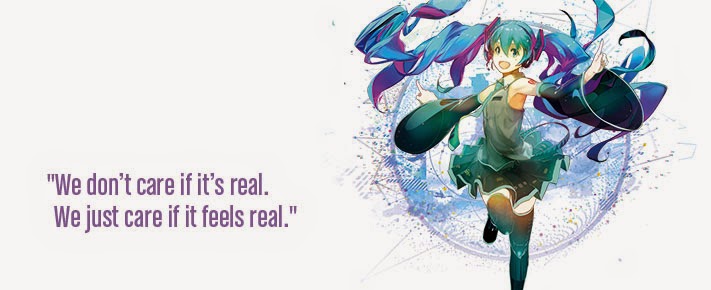

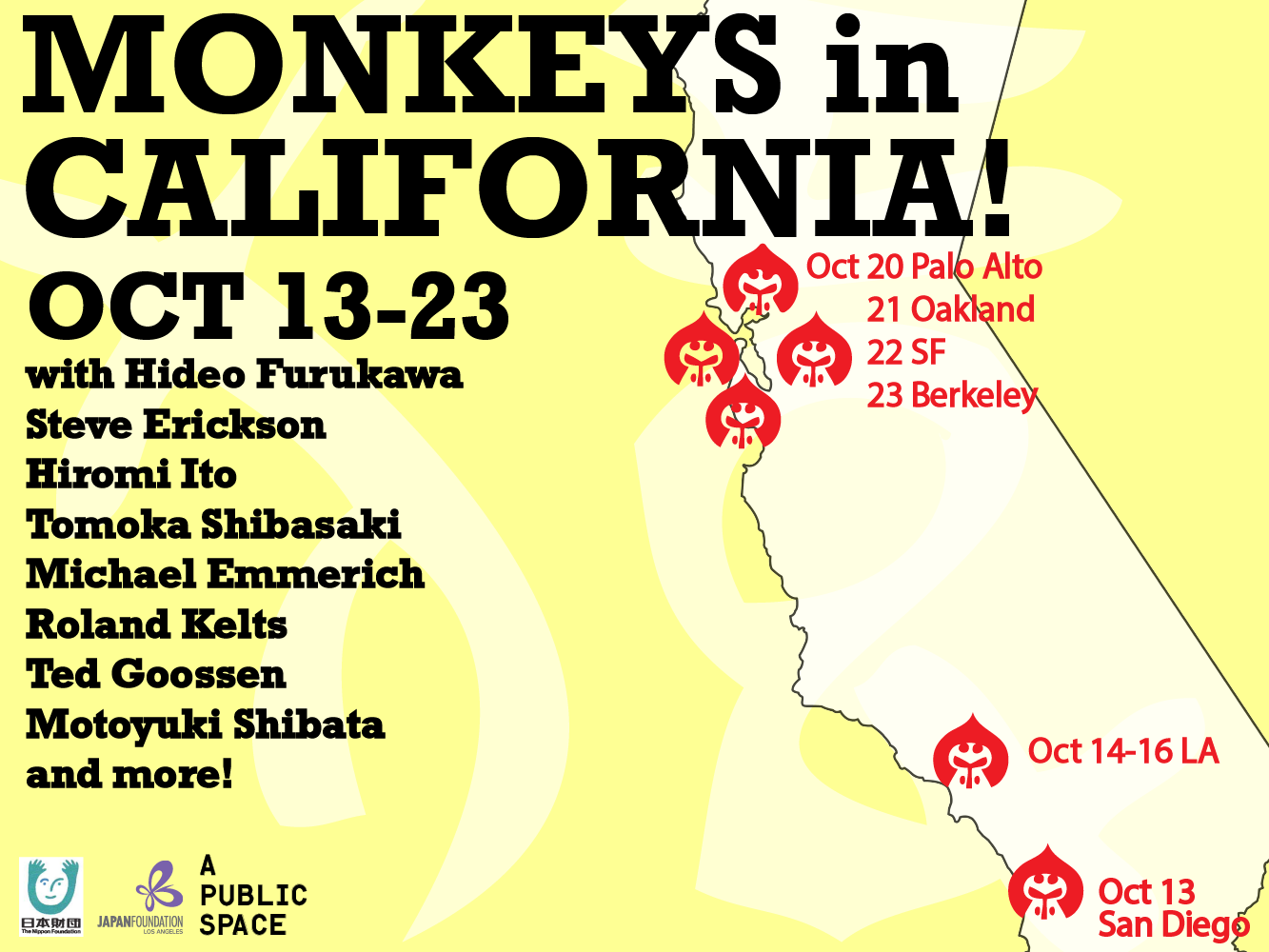




.jpg)







